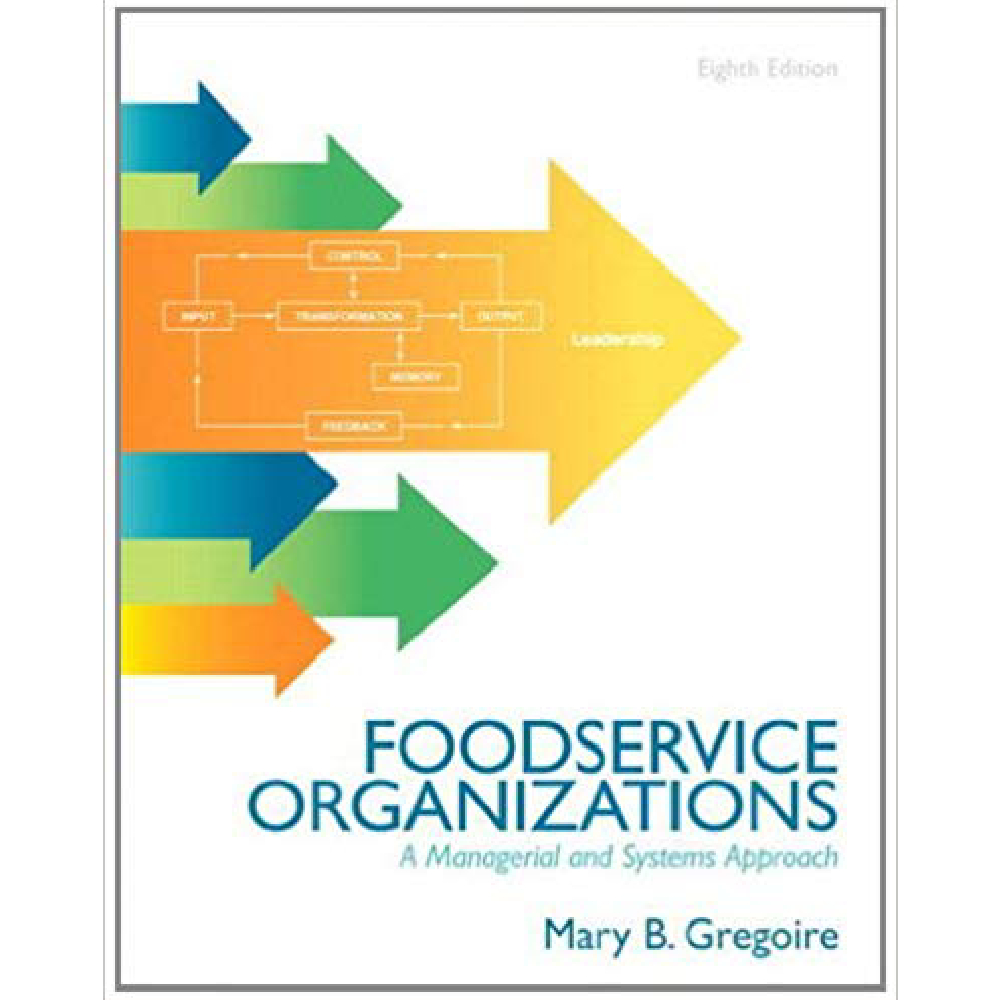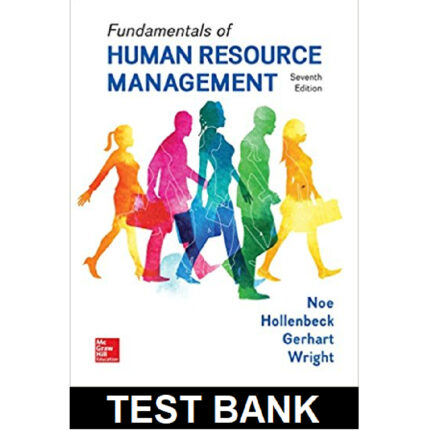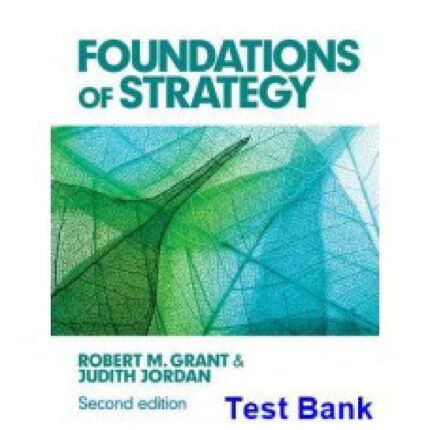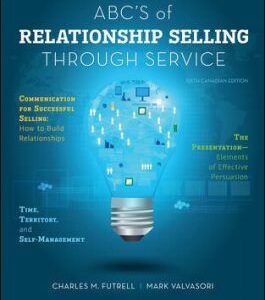Food Service Organizations A Managerial And Systems Approach 8th Edition By Gregoire – Test Bank
Chapter 11 Decision Making, Communication, and Balance
MULTIPLE CHOICE. Choose the one alternative that best completes the statement or answers the question.
1) Two-way communication differs from one-way communication in that
A) two-way communication involves a receiver; one-way does not.
B) two-way communication includes feedback; one-way does not.
C) two-way communication involves encoding a message; one-way does not.
D) two-way communication includes noise; one-way does not.
2) The fact that the word “dinner” may mean the noon meal to one individual and the
evening meal to another is an example of
A) a barrier to communication.
B) noise in the communication process.
C) improper encoding of a message.
D) ineffective decoding of a message.
3) One technique to improve communication would be to use
A) one-way communication.
B) only one channel of communication.
C) limited repetition.
D) face-to-face communication.
4) The critical path in a PERT diagram is the one that
A) has the most activities on it.
B) takes the longest amount of time.
C) is the most likely to occur.
D) has activities that can be delayed and not impact the completion date of the
project.
5) The decision-making technique used to examine ways to reduce the amount of time
people wait in line is termed
A) queuing theory.
B) game theory.
C) linear programming.
D) PERT charting.
6) Group decision making is more likely to be used for
A) programmed decisions.
B) decisions with a higher degree of certainty.
C) nonprogrammed decisions.
D) decisions with minimal risk.
7) Groupthink
A) occurs when reaching an agreement becomes more important than finding the best
decision.
B) is the tendency of groups to accept more risk than individual members would
accept.
C) is a structured technique for generating innovative ideas.
D) is the desired goal by managers who use group decision-making techniques.
8) Identifying the worst possible outcomes for each alternative in the decision-making
process is referred to as the
A) optimistic approach.
B) risk averting approach.
C) pessimistic approach.
D) satisficing approach.
9) The decision-making technique that involves graphically displaying alternatives
considered in a decision and the outcomes expected as a result is termed a
A) PERT chart.
B) CPM chart.
C) Decision Network Chart.
D) Decision Tree.
10) When selecting a food supplier, Jim Jones, the foodservice manager compared the
dependability, price, and variety of products offered by three different suppliers. This illustrates which step in the decision-making process?
A) Defining the problem.
B) Evaluating alternatives.
C) Implementing the decision.
D) Evaluating the decision.
Chapter 11 Answer Key
1) B
2) D
3) D
4) B
5) A
6) C
7) A
8) C
9) D
10) B












Reviews
There are no reviews yet.